For instance, you can even realize a fun idea like a Super Mario-esque pipe-shaped hood suspended from the ceiling. If your cabinetry is painted in a dark color, a brilliant choice of material for this design would be a copper stove hood. If you’re going for a rustic style kitchen, Z-Line has a variety of wooden range hoods and chimneys to match the setting. Their Designer Wooden Crafted KPLL sets a calm mood with a maximum noise level of only 41 decibels.
Ductless vs Ducted Range Hoods
Instead of evacuating air from your cooking area to the exterior of your house, a ductless system uses a filtration system to clean and recirculate it. Better versions of ductless range hoods filter the air through activated charcoal. You’ll mainly find this variety in under-cabinet hoods. Ducted hoods, on the other hand, tend to be more effective and expert-recommended; the air passes through a filter before being expelled outwards through ductwork installed in the wall or the ceiling in the case of island stove hoods.
Down-Draft Stove Hoods
If your cabinetry doesn’t allow for a range hood, or if you simply don’t have the space for it, you can go for something called a down-draft stove hood. This type of stove ventilation system is even available in a sleek, pop-up version that retracts from plain sight when the stove is not in use. The downside of this kind of hood is that it’s not always very practical. Naturally, smoke rises and conventional range hoods simply catch it from where it is headed. Down-draft stove hoods, however, attempt to catch the steam from the back. As stylish as they may be, these innovations may struggle in functionality. But then again, if you’re not much of the home-cooker, having something stylish is better than having nothing. Broan’s retractable Elite RMDD Rangemaster rises high enough and has substantial power to catch as much smoke as possible.
Range Hood Maintenance
When your vent hood is no longer clearing the smoke properly even at its highest setting, then it might be time for some maintenance. Other issues that might warrant maintenance are excessively loud humming from the motor or malfunctioning features. The latter may be due to a fault in the control panel, requiring professional intervention.
Stove Hood Filters
Depending on the type of cooktop hood you have, you’ll find one of two types of filters — a metal or a charcoal filter. If your hood features a metal filter, simply remove it and soak it in a degreasing solution. Make sure to rinse it and let it dry completely before reattaching it to the hood. Charcoal filters, on the other hand, may need to be replaced on an annual basis at the very least.
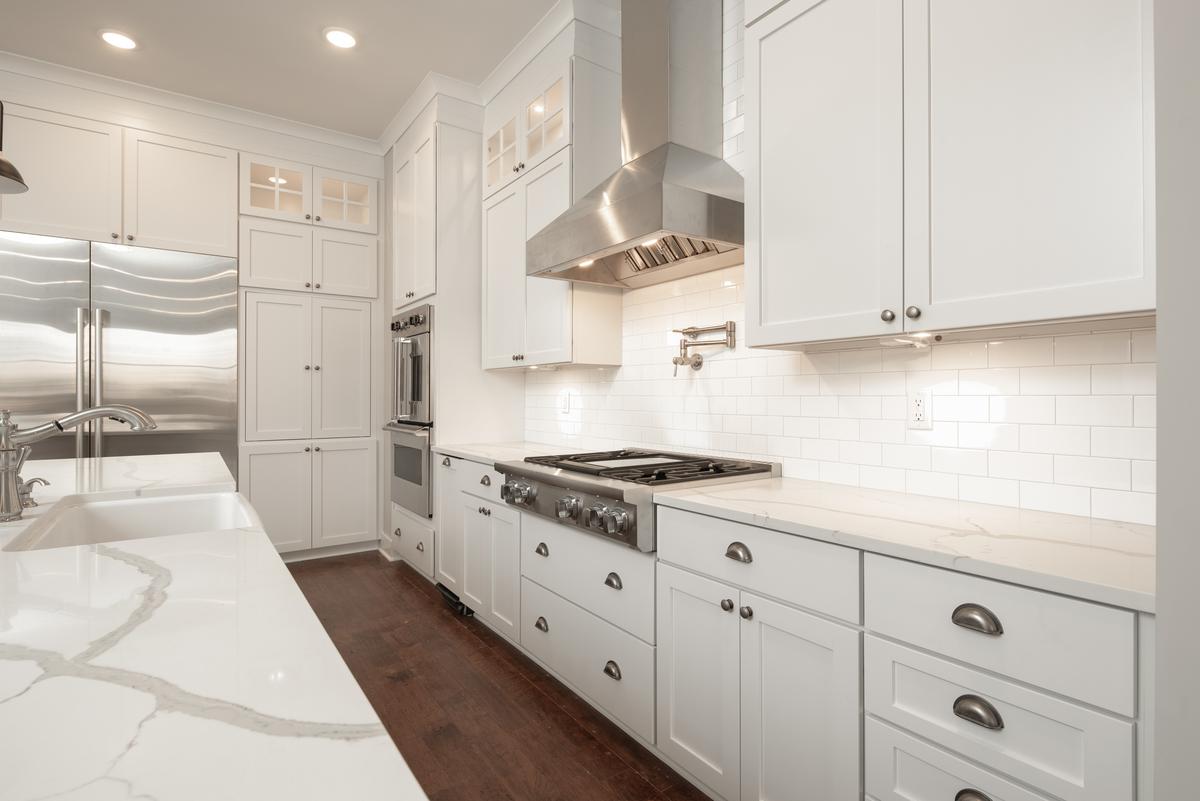
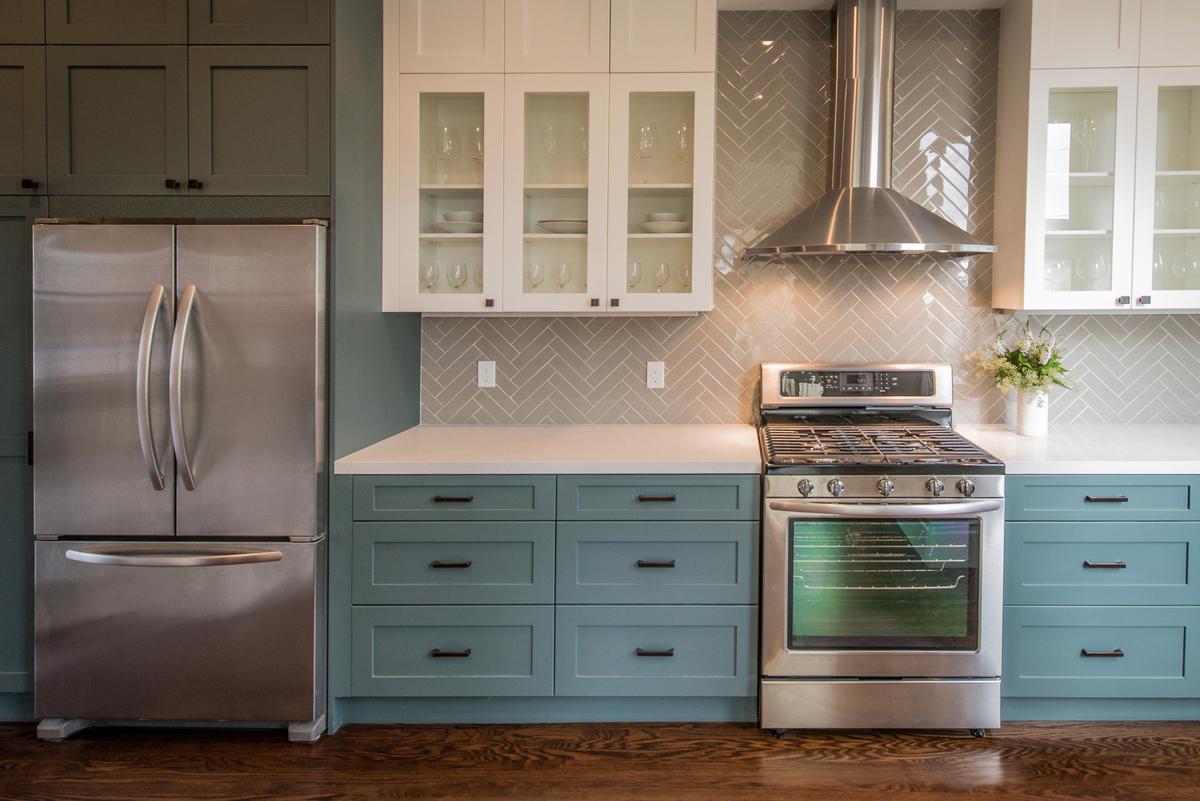
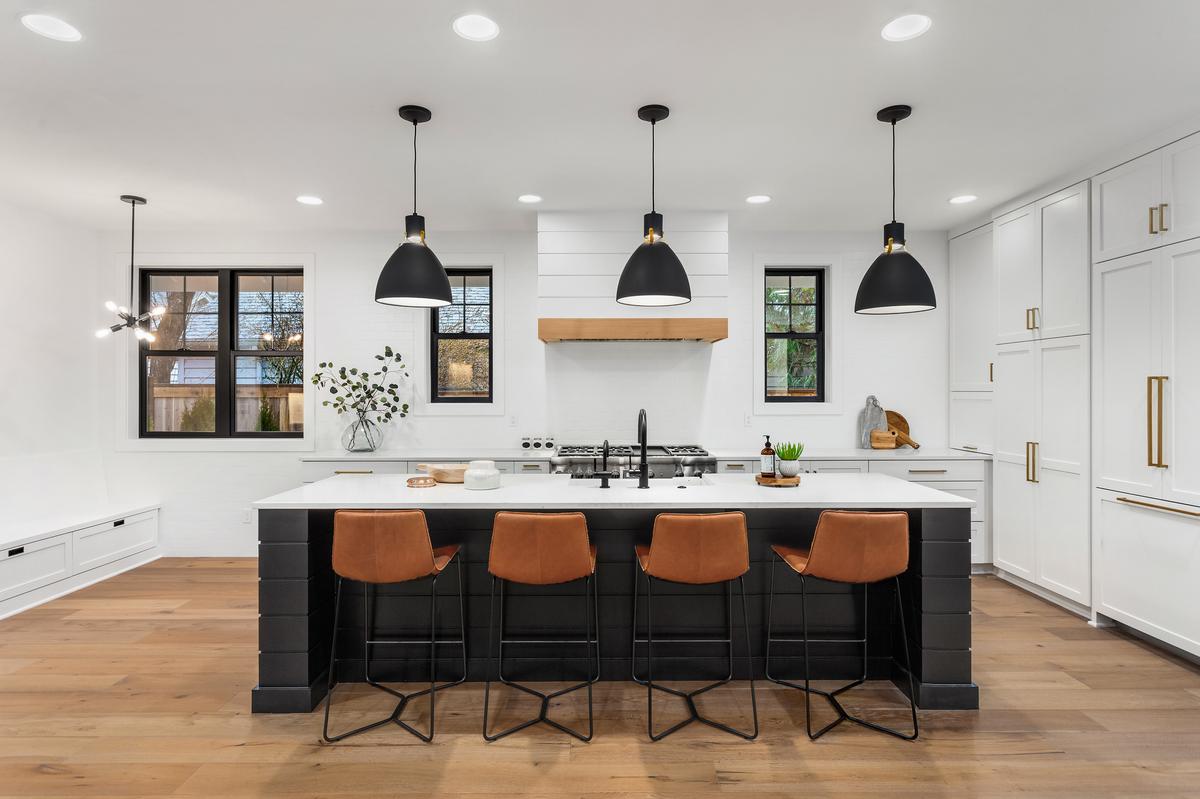
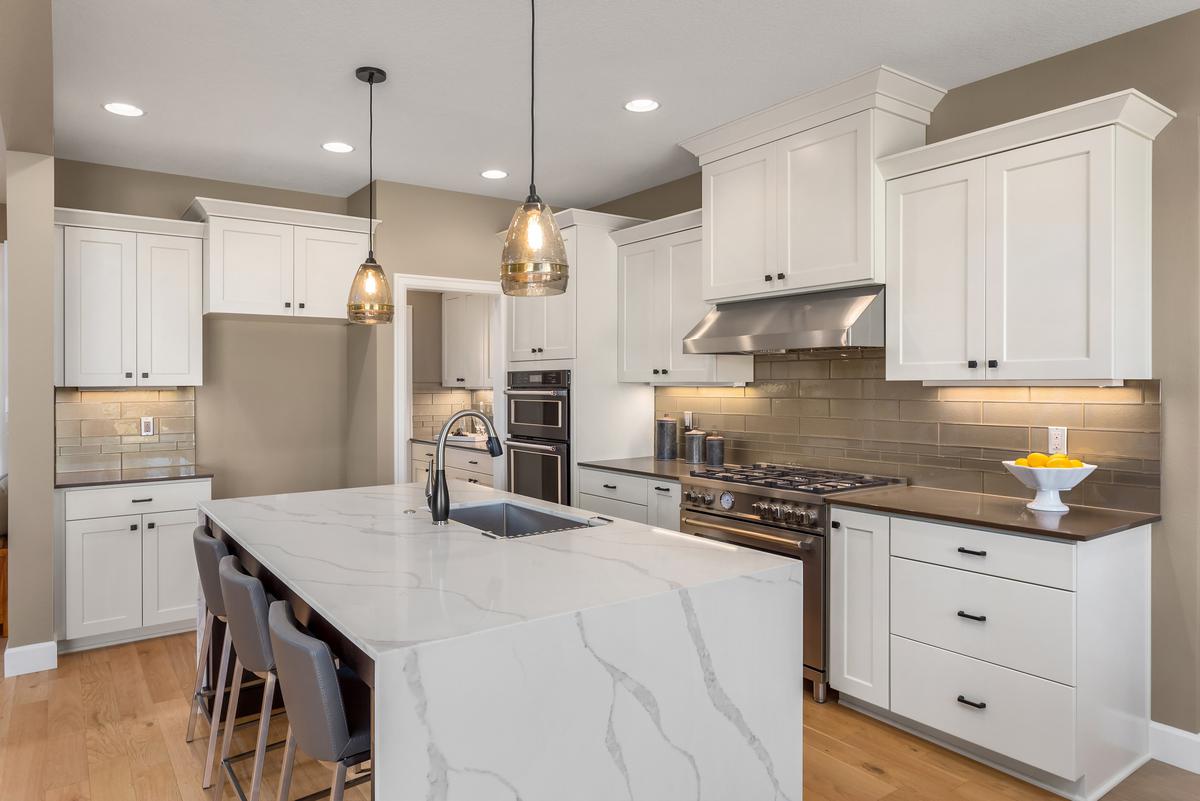
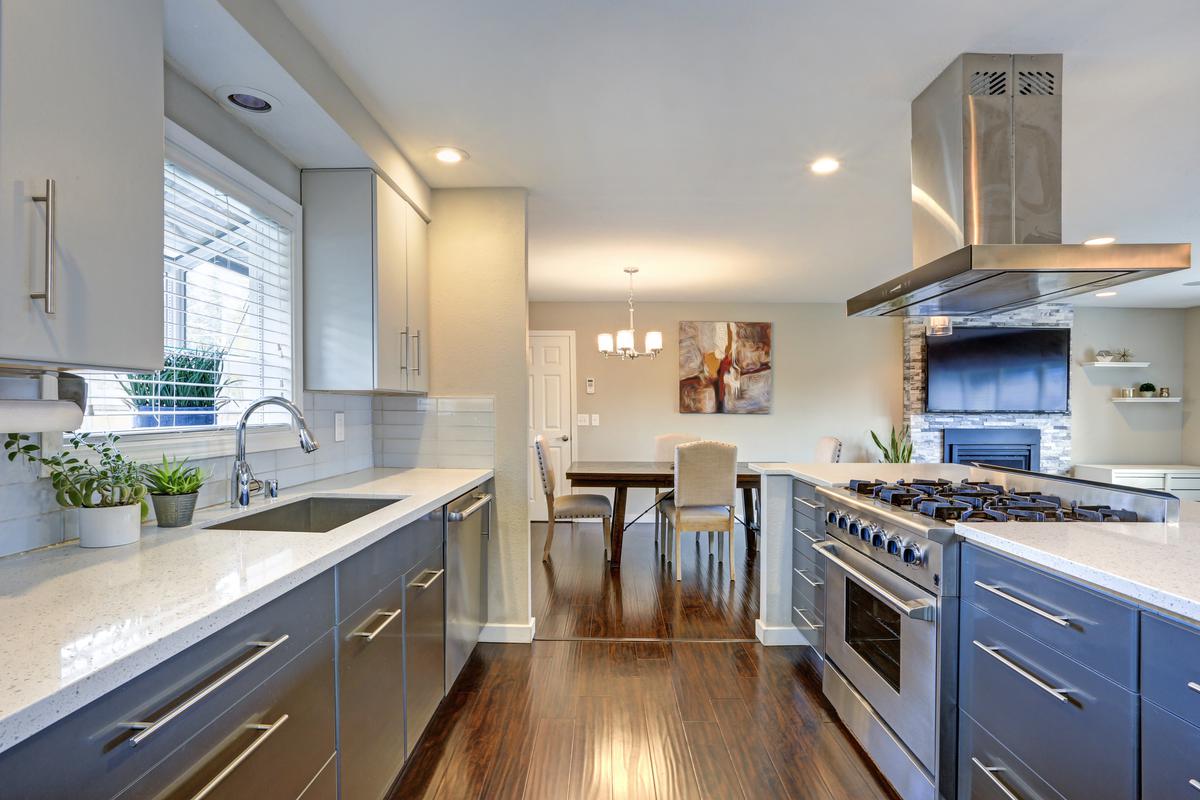
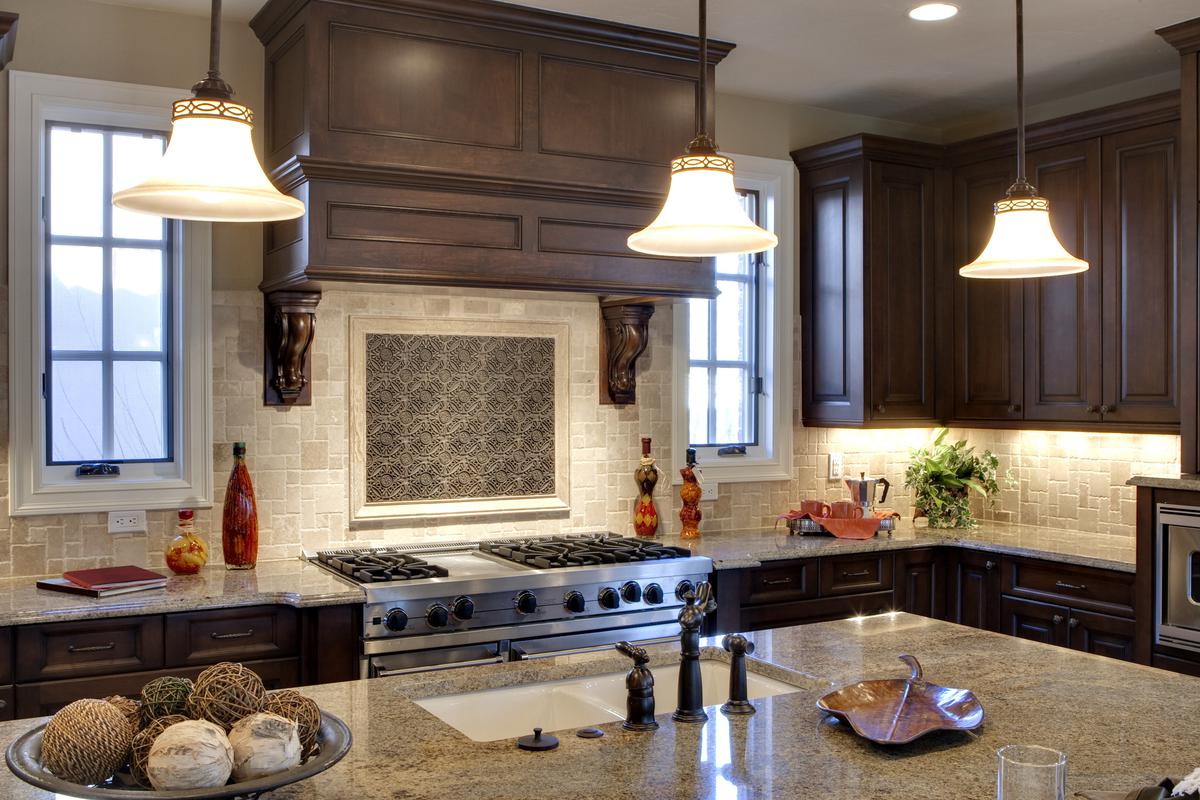
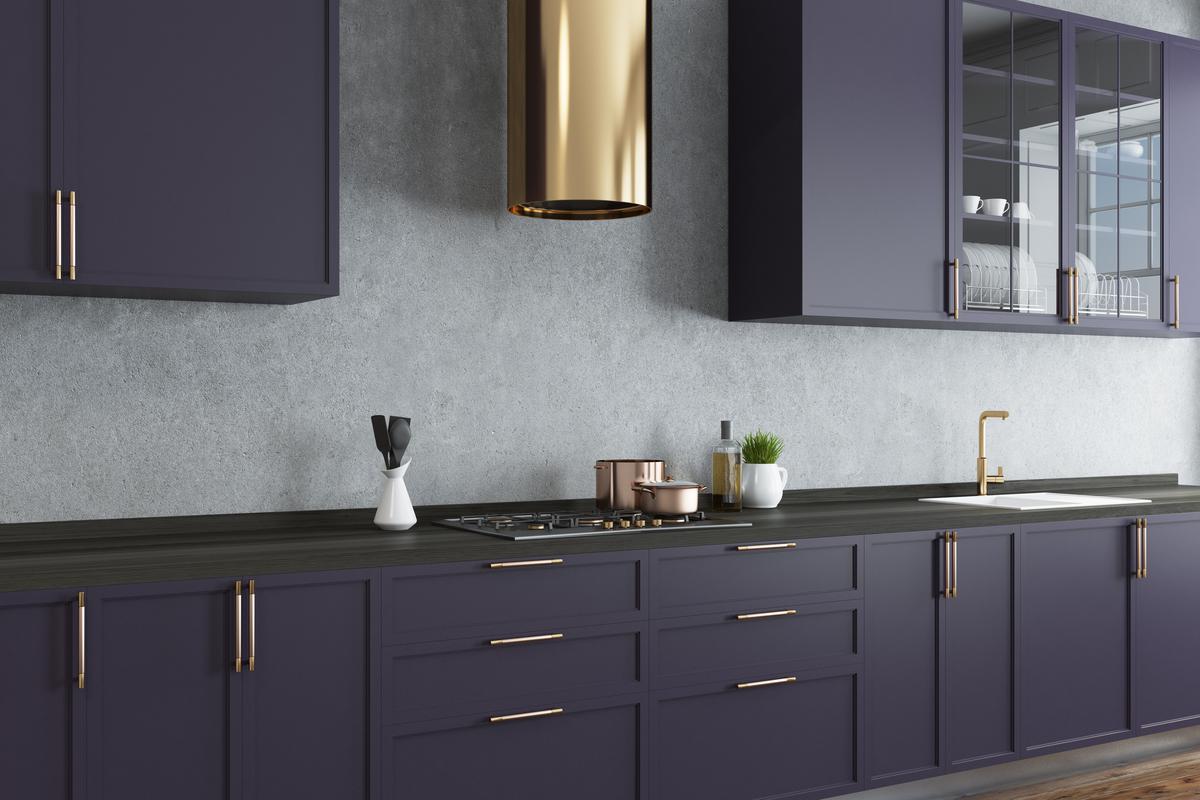
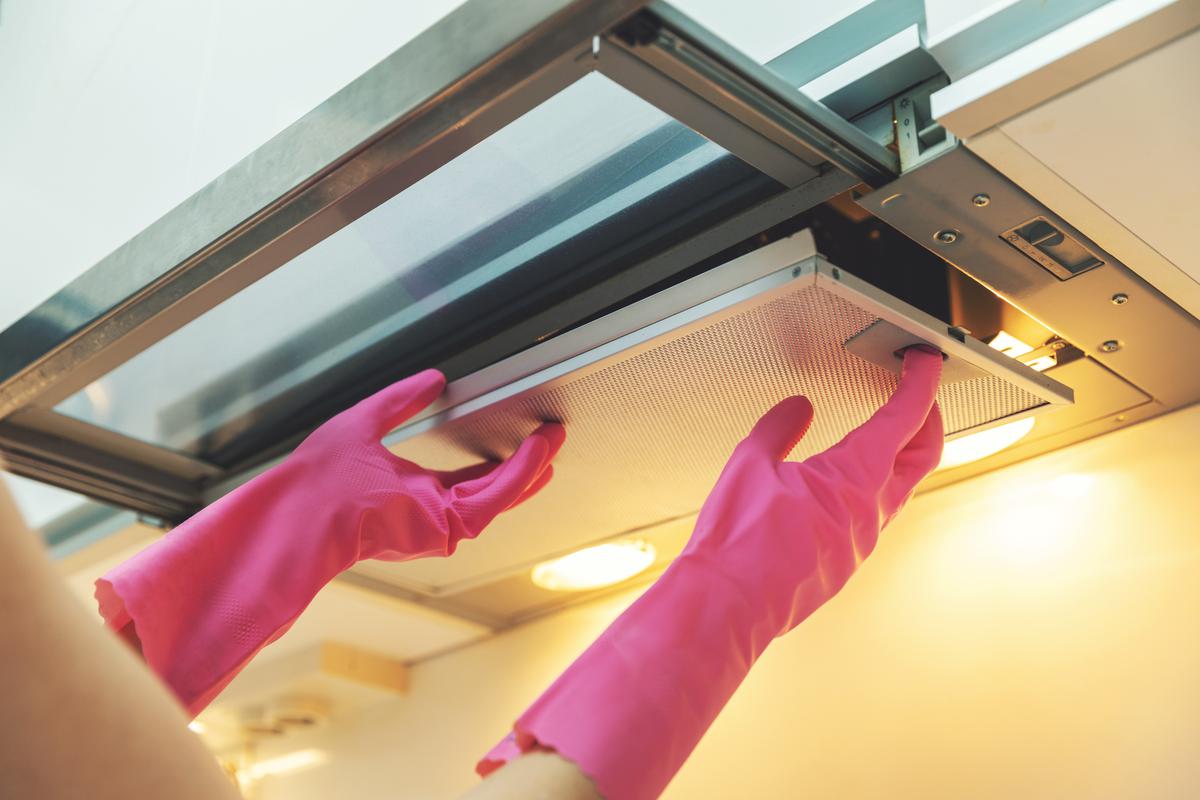

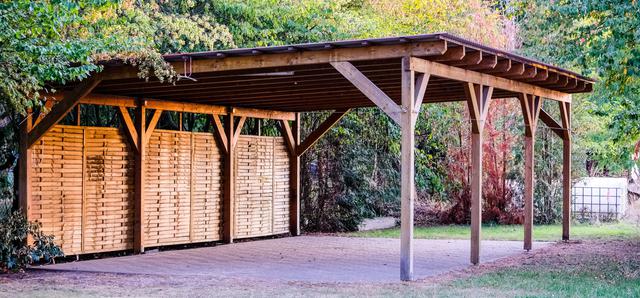

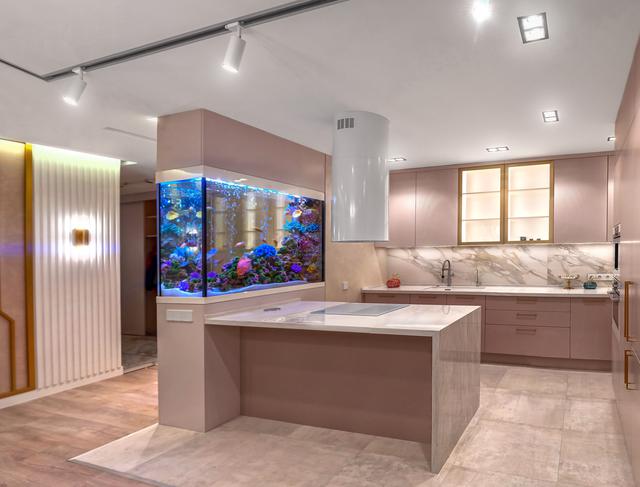
comments